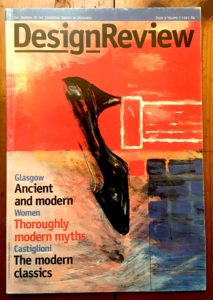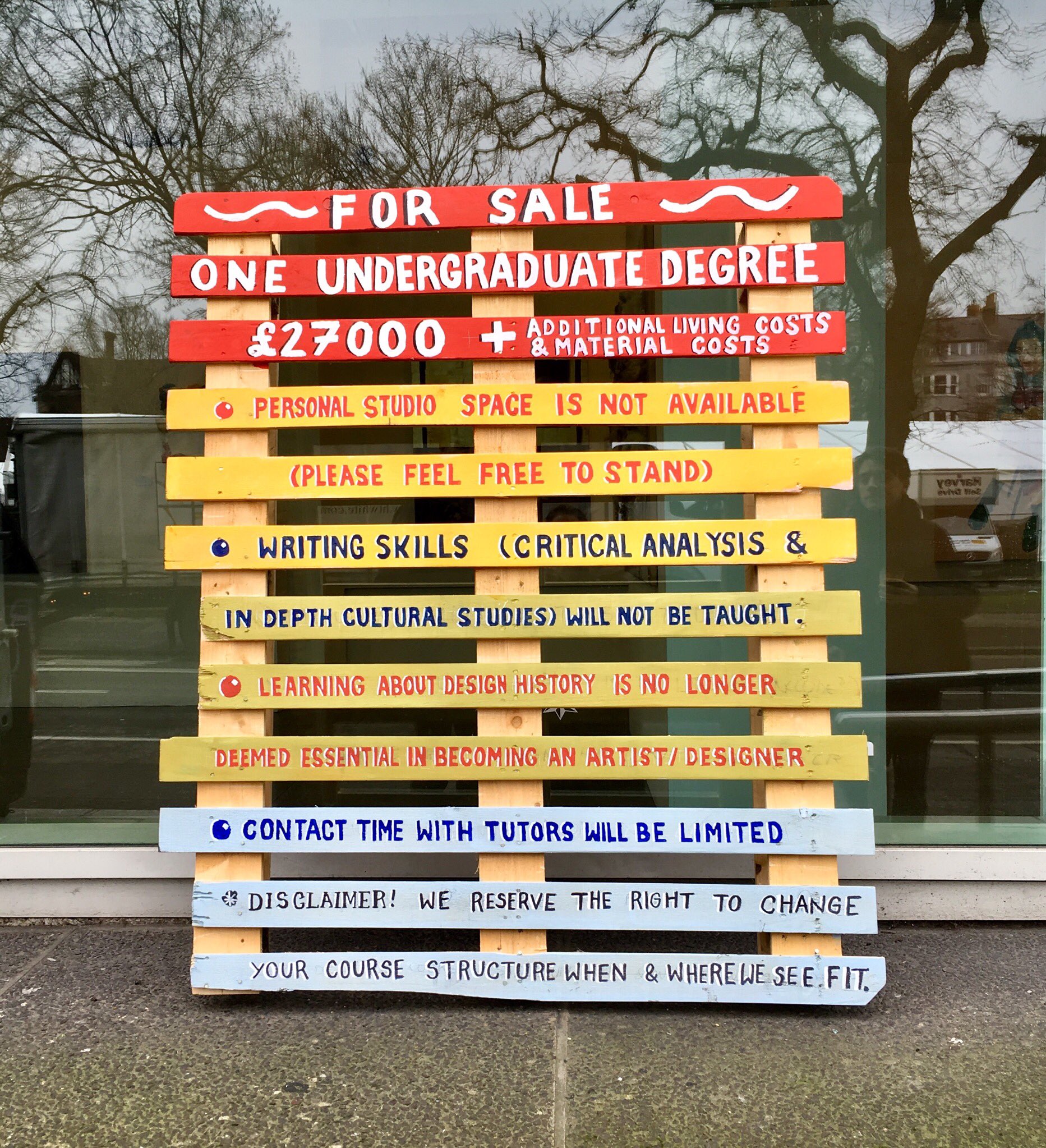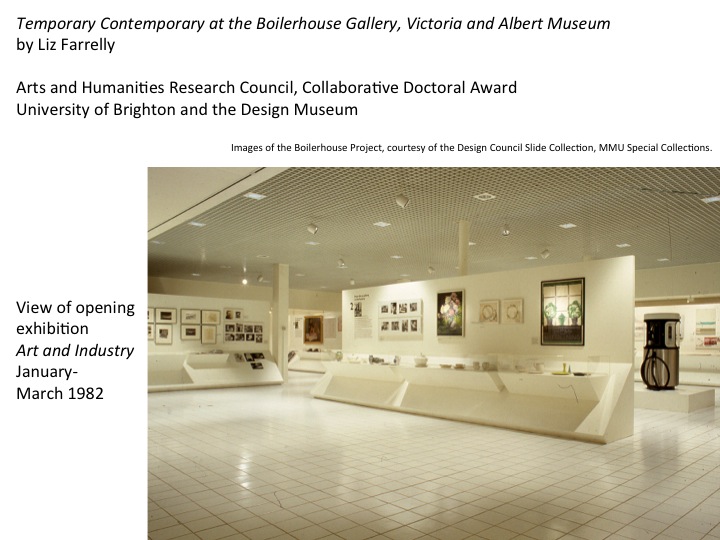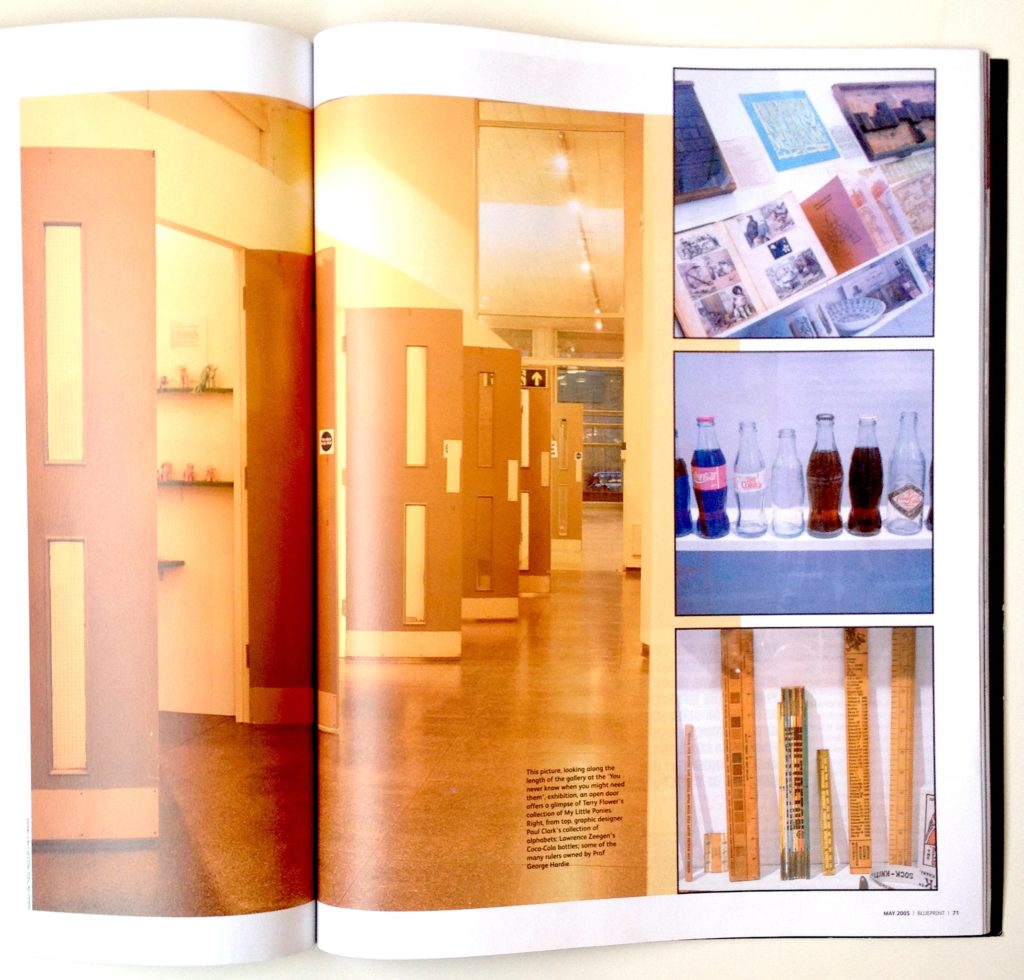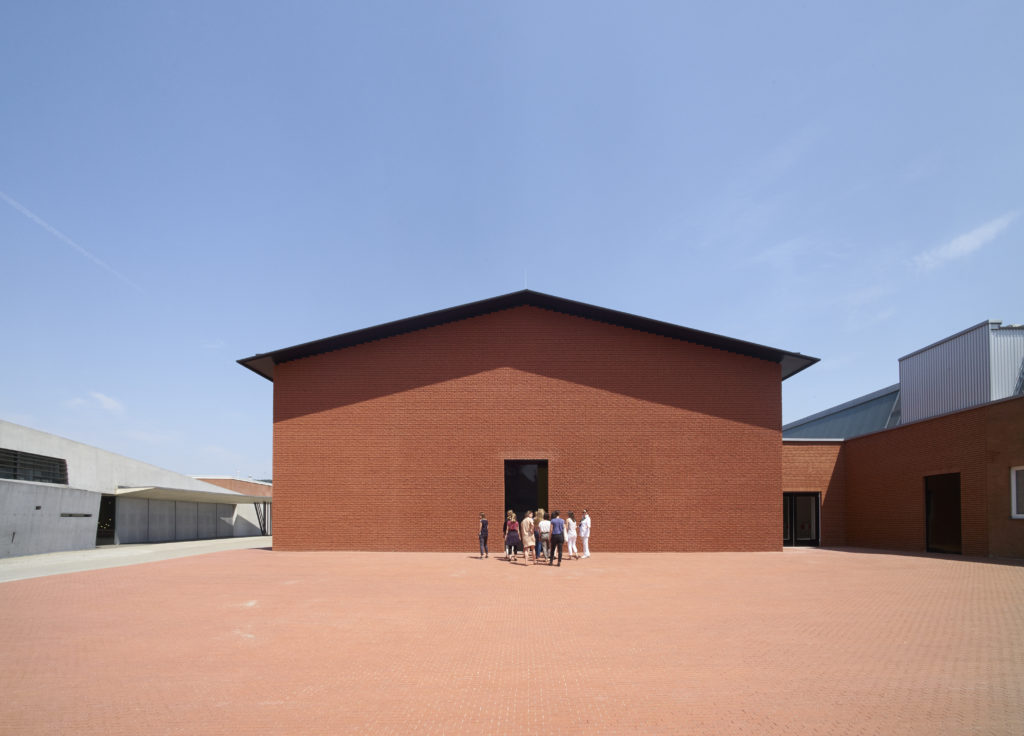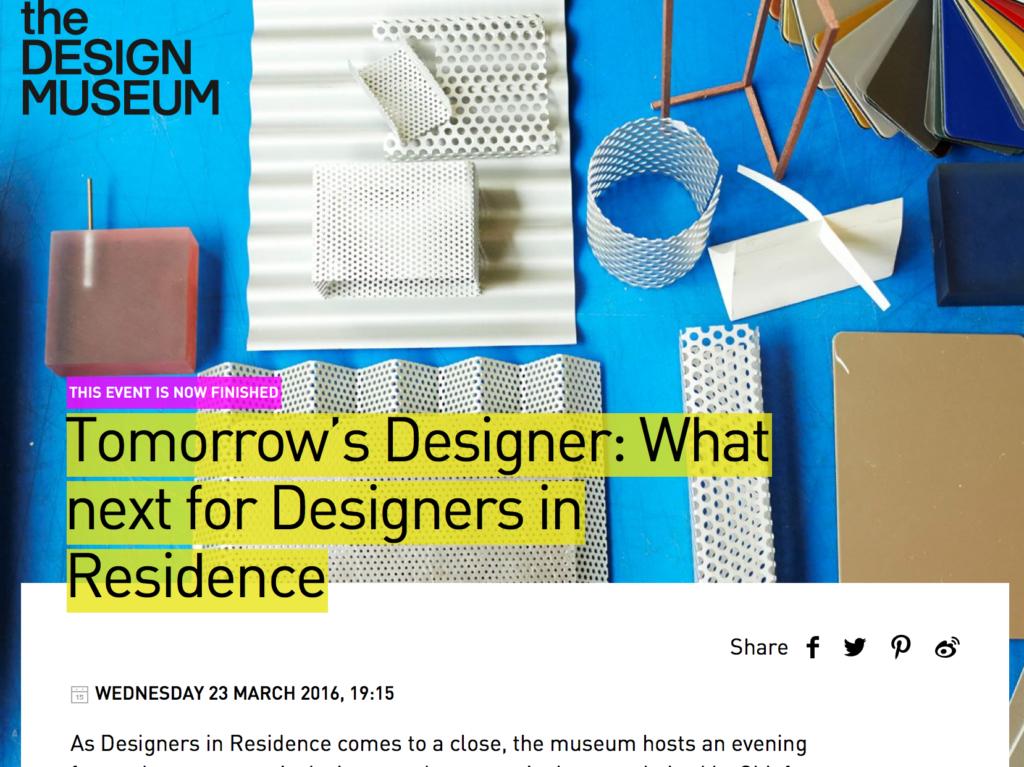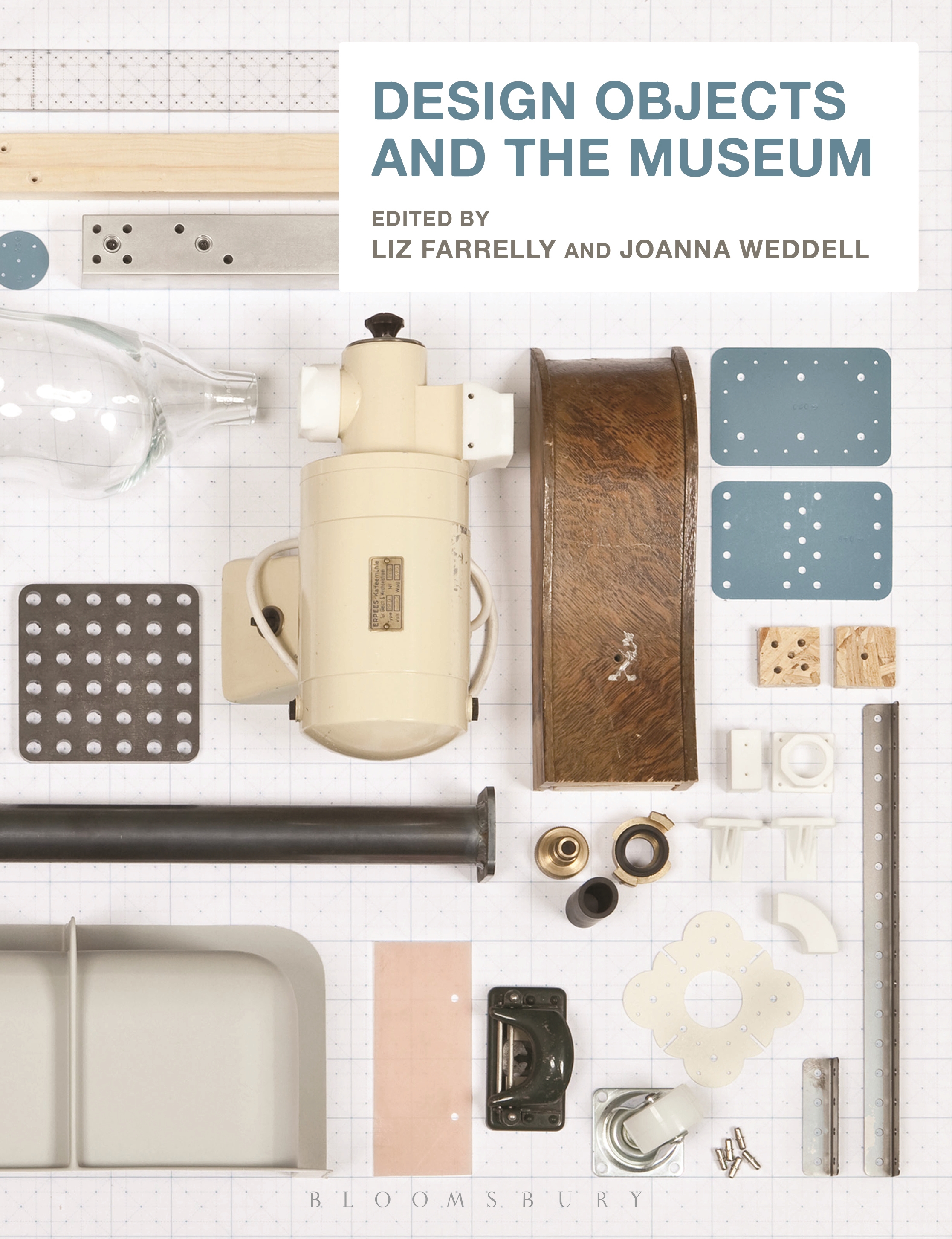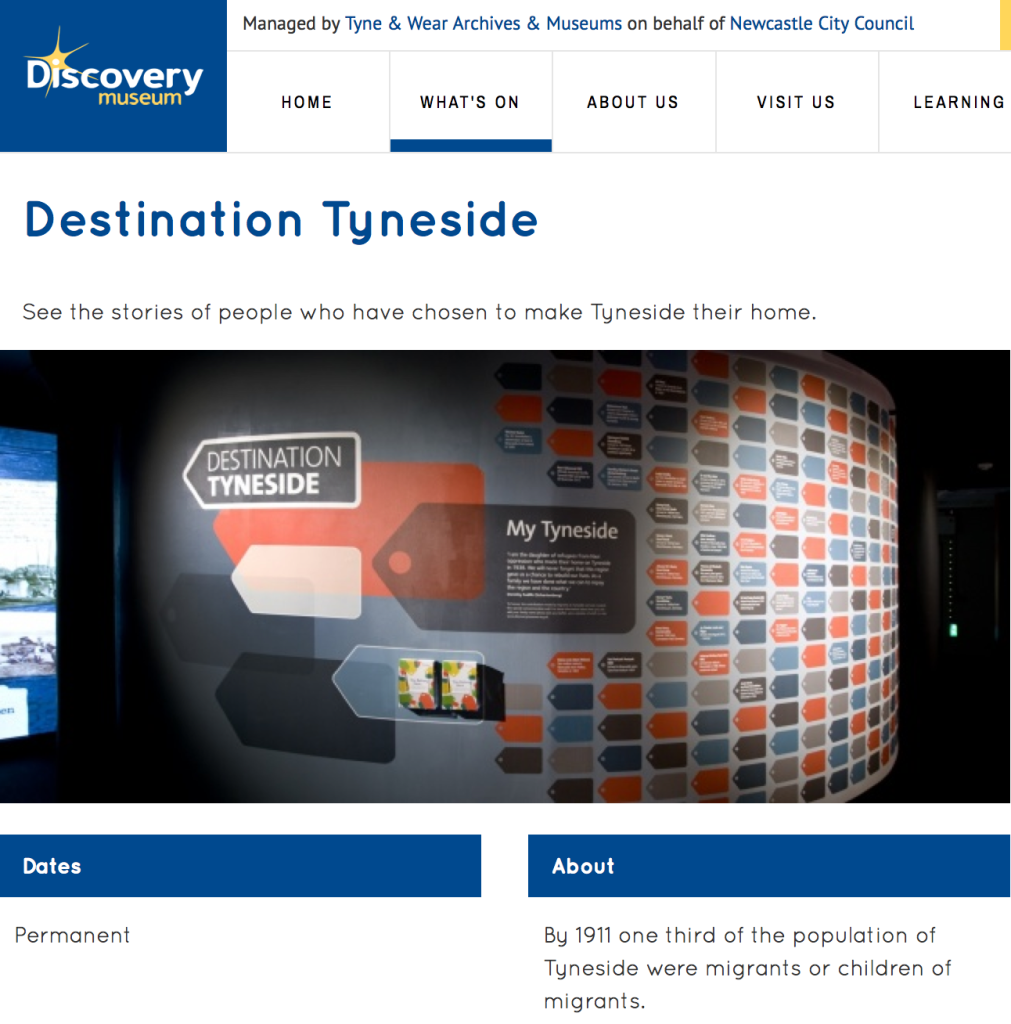While moving piles of magazines around, I found this copy of Design Review, which was produced by the team that made Blueprint back in the early 1990s, when it was published by Wordsearch. It was an exercise in “contract”, the publishing company was paid by the Chartered Society of Designers (CSD) to create this quarterly magazine for its membership. I’m posting this article as a companion piece to “Mysterious Absence at the Cutting Edge”, which I wrote for Eye, as a member of the editorial team when employed at Wordsearch from August 1990 to August 1994.
Continue reading

